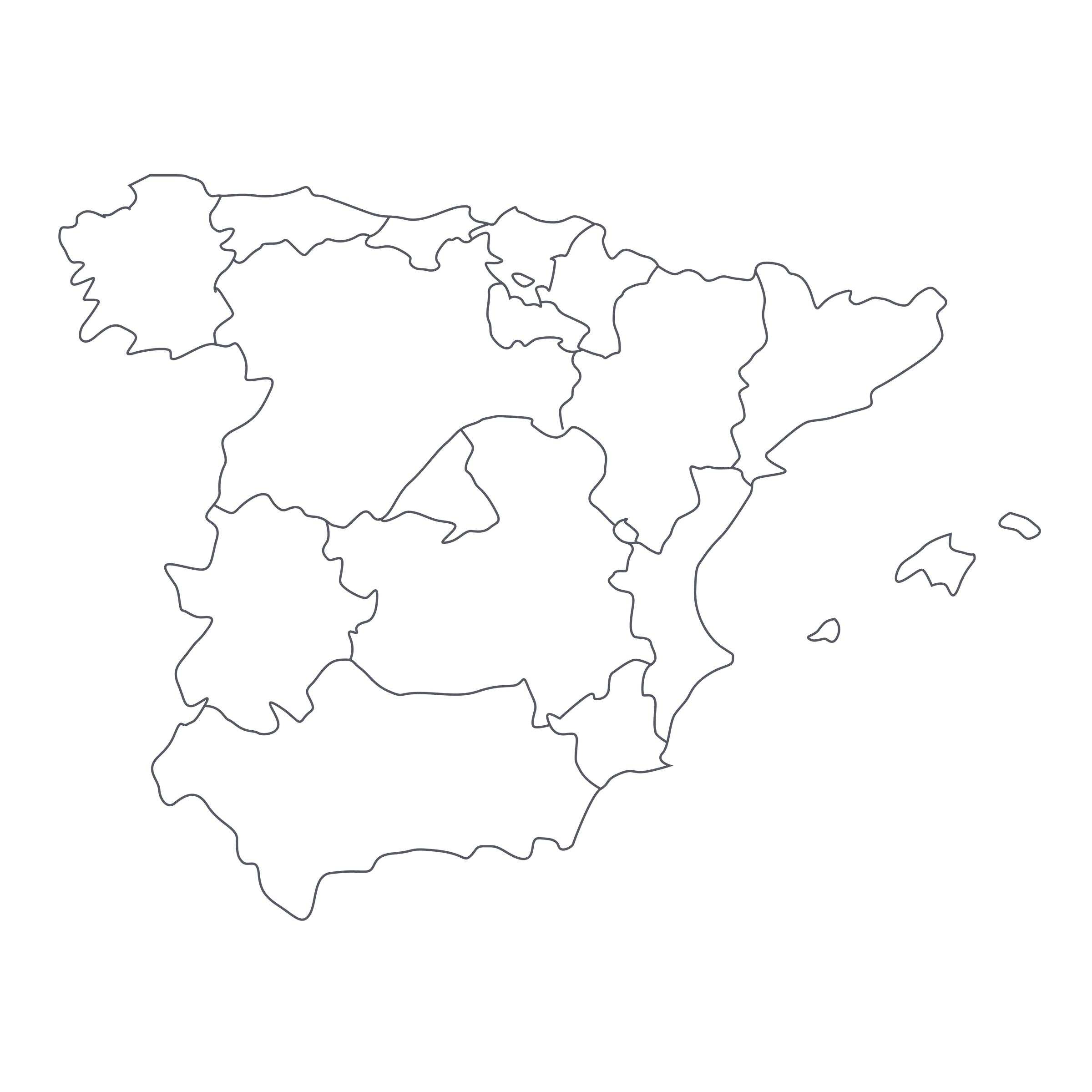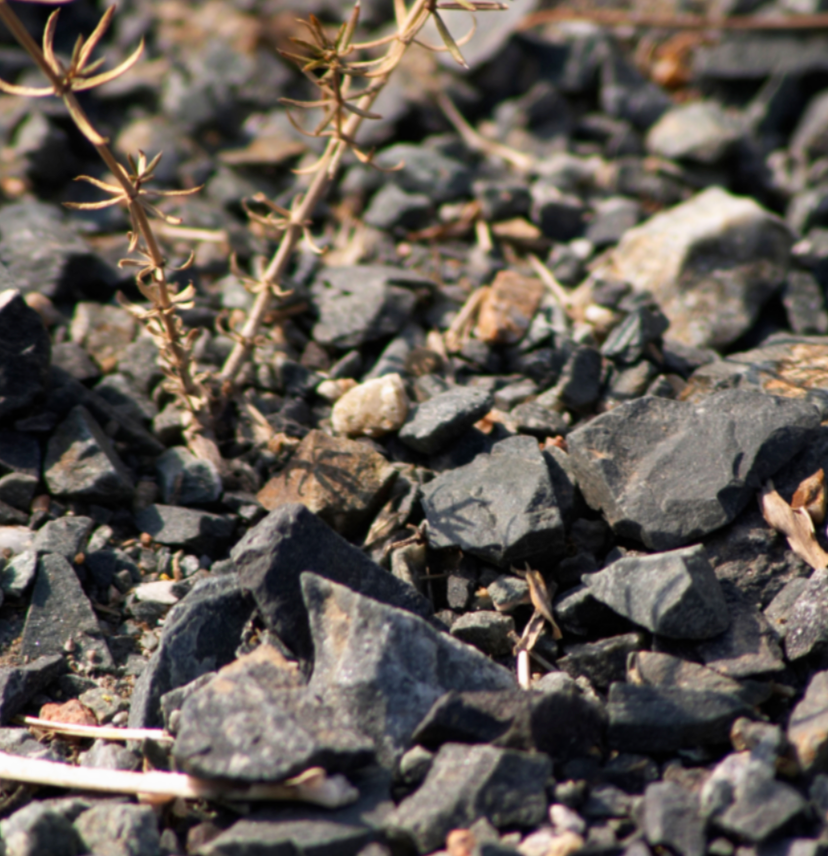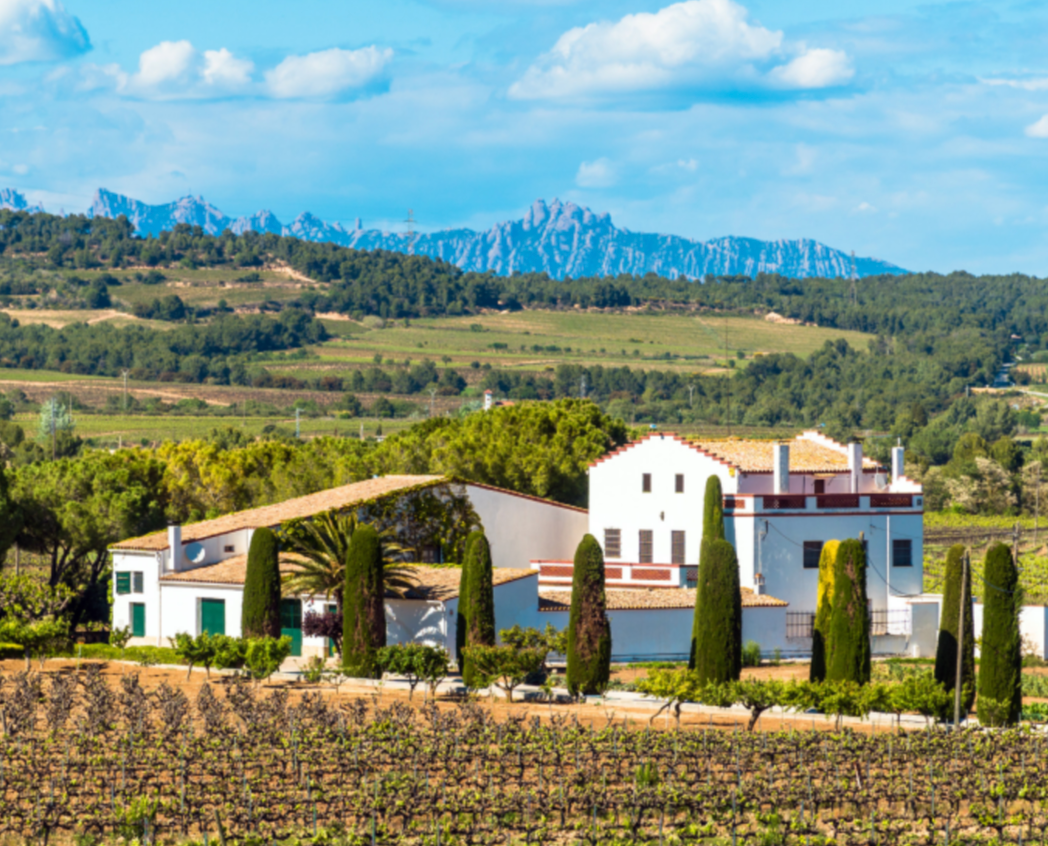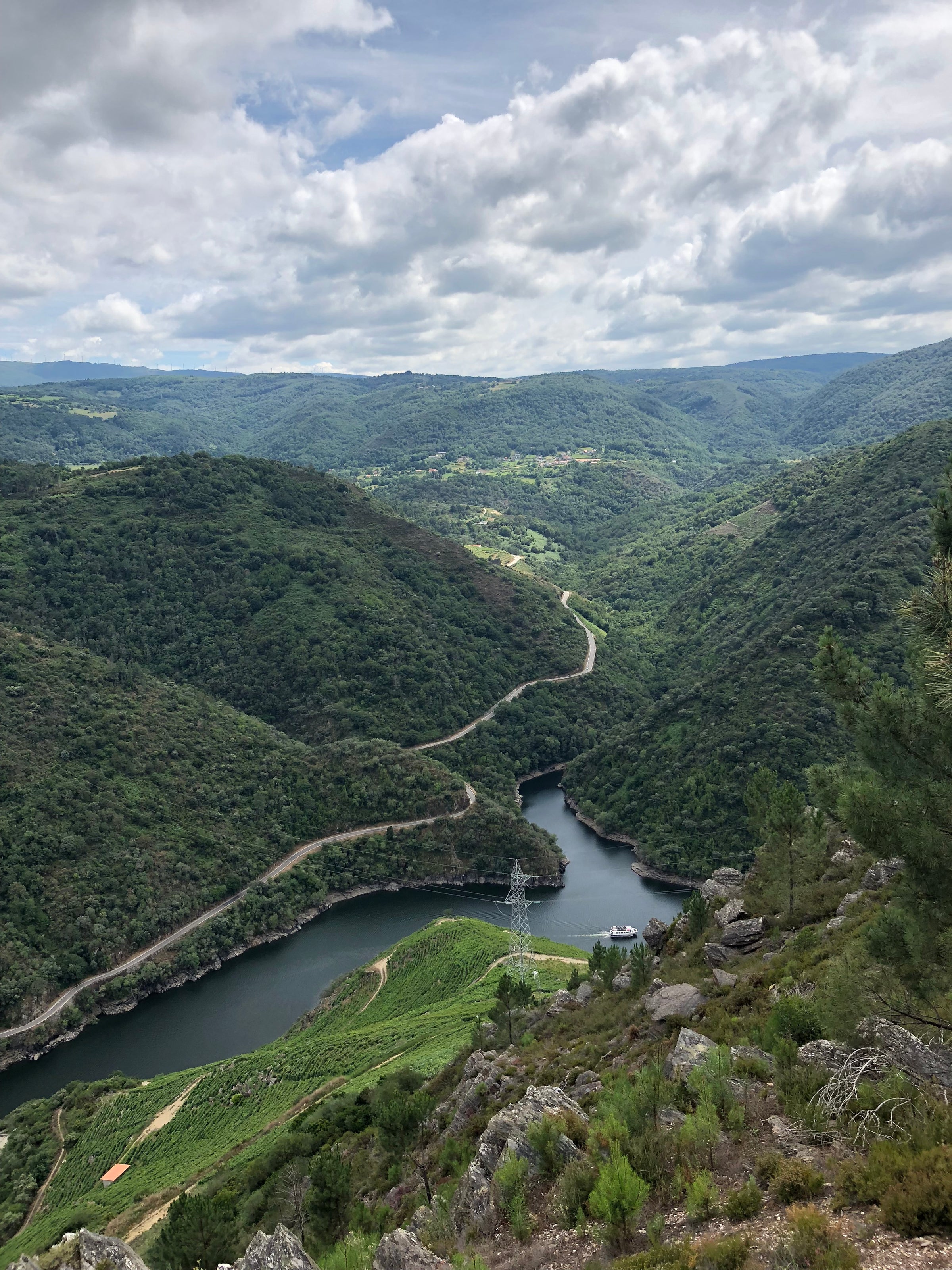We strongly believe the best sparkling wines of Penedès deserve to be viewed as blue chips, and we aim to prove it today by offering two biodynamically-grown, vintage-dated bottlings that blow similarly priced Champagnes right out of the water. Then again, it’s impossible to find biodynamic Vintage Champagne around the $40 mark! We start with Raventós i Blanc’s “De La Finca,” a gorgeous, mineral-loaded 2017 that goes toe-to-toe with doubly priced bottles from the fabled Côte de Blancs.
The prices might not indicate it, but Raventós is to Cava (or Conca del Riu Anoia, but more on that in a moment) as Chave is to Hermitage or Gaja to Barbaresco: an estate whose wines are so synonymous with their region they’ve come to define that place. The Raventós family literally put méthode champenoise wines on the Spanish map 150 years ago, and they now lead the region’s rapid upward charge in quality. The 2017 “De La Finca” is one of their crowning achievements. It hails from their oldest vines in their highest site, and, in its finesse and chalky elegance, makes a case for this being one of the world’s finest sparkling wine terroirs. It may be priced like a weeknight bottle, but make no mistake: “De La Finca” is a profound Spanish sparkler that any wine lover—novice or aficionado—should have in their cellar!
There would be no sparkling wine in Penedès at all if it weren’t for the Raventós family. In 1872, Josep Raventós Fatjó made the first méthode champenoise wines in Spain. Sixteen years later, Manuel Raventós Domènech established the blend of three indigenous varieties—Xarel•lo, Macabeu, and Parellada—that still serves as the basis for the sparkling wines of the region. Josep Maria Raventós i Blanc ran the family winery in the 1960s and was responsible for creating the Cava DO in 1970. The sheer length of the Raventós’ history puts most sparkling wine producers to shame: Having worked the same land since 1497, they may possibly represent the longest continuous family winemaking tradition in all of Spain.
It’s important to note that, despite Raventós i Blanc’s importance to the region, their wines are no longer labeled as Cava. So focused on quality are current proprietors Manuel and Pepe Raventós—Josep Maria’s son and grandson, respectively—that they made the tough decision to leave the sprawling Cava DO in 2012. By then, “Cava” had become synonymous with cheap, bulk bubbles and the appellation had been expanded to outcroppings in Valencia and even Rioja. And so, the Raventós’ established Conca del Riu Anoia, centered around the windswept and limestone-riddled heights of the Anoia River valley. To label their wines as such, producers must farm organically, use only native varieties, age their wines sur lie for at least 18 months, and pay farmers a minimum price per kilo for fruit. There are at least eight other producers turning out stunning sparkling wines under the Conca del Riu Anoia banner, but Raventós remains the benchmark by which all others are measured.
A blend of Xarel•lo, Macabeu, and Parellada from a single, ancient-soil site called “Vinya dels Fòssils,” the 2017 “De La Finca” aged nearly four years on lees and was disgorged without any addition of sugar (aka brut nature). It is a dead ringer for pitch-perfect Blanc des Blancs Champagne on the nose: pulverized limestone, sea salt, green apple flesh, pear skin, crushed almonds, lemon zest, white flowers, and bread dough dominate. Despite being zero dosage, this is full and broadly textured on the palate. The tense and mineral flavors carry through, wicked up in the finish by a crisp lick of acidity. The Mediterranean sun is apparent, and so is the nearby sea. I apologize for harping on value so much, but it can’t be avoided: this is high up the list of the best under-$40 sparkling wines. Grab everything you can and enjoy them over the next 3-4 years.










